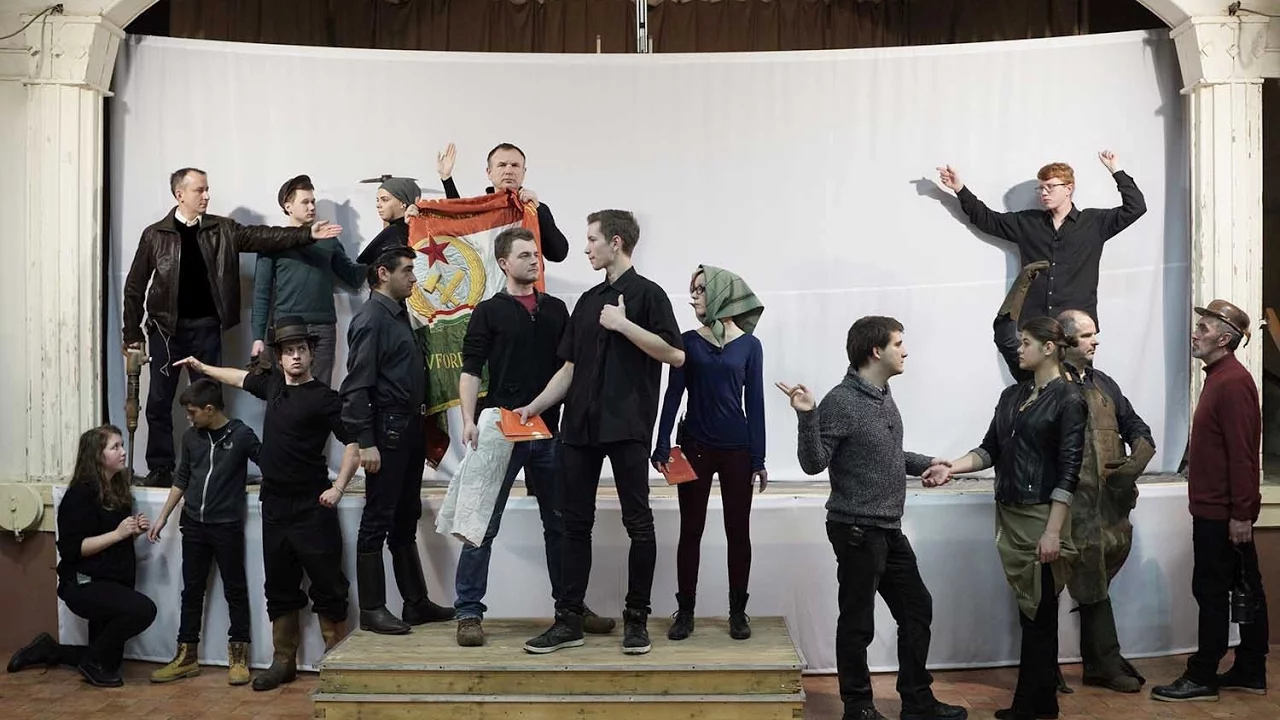Hungary 1956: Blind Spot 1956
During the 1956 uprising in Hungary, the coat of arms named after the Stalinist dictator Mátyás Rákosi was cut out of the national flag by revolutionaries. The hollowed flag was quickly adopted by those who sympathised with the uprising as the central symbol of resistance to state repression.
After 1956, the Rákosi coat of arms was removed from public spaces. However, one copy sur-vived in the town of Salgótarján. The symbol appears as part of a large white limestone relief that decorates the façade of the county hall. It was from the roof of this building that members of the state security apparatus opened fire on demonstrators on 8 December 1956, killing several dozen civilians who had gathered to demand the release of leaders of the local workers’ council who had been detained by the authorities. This event is considered the bloodiest act of repression outside the capital after the defeat of the uprising.
As part of their exhibition “HACK THe PaST”, artists Katharina Roters and József Szolnoki decided to bring the largely forgotten relief to life by organising a drama workshop in January 2016.
